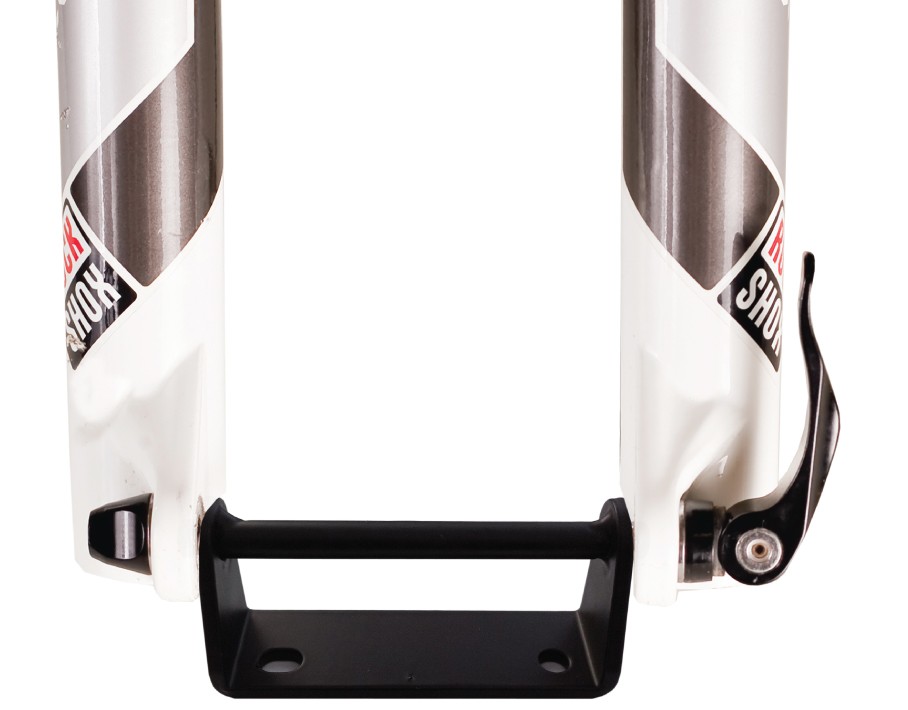A Disaster Waiting to Happen (AIG CIT F PGP PHK PMF)
Post on: 11 Апрель, 2015 No Comment

With interest rates near record lows, yield-hungry investors are doing some pretty wacky things to try to sustain their income. One strategy that seems downright ridiculous has actually been working quite well recently, but it’s likely only a matter of time before it starts falling apart.
Paying up for closed-end funds
The strategy that some investors are using involves closed-end funds. A little-followed cousin of exchange-traded funds, closed ends are mutual funds that trade on an exchange. Like ETFs, you can buy and sell closed ends any time the market is open. But unlike ETFs, the management companies behind closed-end funds don’t provide a way for institutional investors to create or redeem fund shares.
That means that closed ends can trade at huge premiums or discounts to the value of the assets they hold, also known as their net asset value. Right now, some closed ends have investors paying $1.50 or more for every $1 of NAV within the fund — and it’s all because of the high yields they pay.
Big income. but from where?
In some cases, those yields are incredibly high, which makes closed ends very attractive to investors looking to replace lost income from savings accounts or bank CDs that pay little, if any, interest right now. But high-income closed ends have a great deal more risk.
For instance, the PIMCO Global Stocks Plus & Income ( NYSE: PGP ) combines global stock index derivatives with a leveraged portfolio of mortgage-backed securities and high-yield bonds from AIG ( NYSE: AIG ). Ford Motor ( NYSE: F ). and CIT Group ( NYSE: CIT ). all of which have found ways to restructure their debt and improve their standing in the credit markets. The closed-end fund has reaped the benefits; thanks to the favorable market, the closed end has sustained a distribution rate of nearly 11% while still seeing its NAV rise substantially, leading to a total return of almost 50% over the past year. Yet investors who want to buy in now will pay a 61% premium to the fund’s NAV.
At least with the Pimco global closed end, the fund’s share price has managed to keep up with its distributions. Often, though, strategies like this lead to investors getting their own money back through managed distribution policies, in which the fund pays out a fixed amount regardless of whether its investments generate enough income to cover the payouts. Cornerstone Total Return ( NYSE: CRF ) trades at a 64% premium to NAV, yet it owns regular stocks like ExxonMobil and Google. It has managed a payout yield of more than 14%, but the closed end has lost two-thirds of its NAV since late 2007 and didn’t even manage to gain ground during last year’s huge stock market rally. On a total return basis, the fund has lost almost 4% in the past year, meaning that capital losses more than offset any income the fund generated.
Blowing bubbles with bonds
Even pure bond closed ends are getting in on the act. PIMCO High Income ( NYSE: PHK ) trades at a 41% NAV premium and yields 12%, while on the tax-free bond side, PIMCO Municipal Income ( NYSE: PMF ) has a more modest 6.6% yield and clocks in with a 20% premium to NAV. Thanks in part to the bond craze that’s been going on lately, these funds have been able to sustain these yields while still seeing NAVs rise. That has pushed the muni fund up 17% over the past year, while the high income fund has jumped 43%, including dividend income.

The problem with investing in these funds, though, is that you never know when that premium could evaporate. Buying shares at a 33% premium means you’d suffer a 25% loss if the premium disappeared, even assuming the NAV of the fund didn’t change. All too often, what makes the premium is bad performance of the underlying assets, meaning that you face a potential double hit from falling NAV and the loss of the premium. You’re much better off buying closed ends trading at a discount, which can lead to gains if the discount narrows even when the markets don’t move in your favor.
Don’t get tricked
High yields look especially attractive in this market, but don’t let them trick you. If a fund can’t generate the income it needs to make big dividend distributions, then all it’s doing is returning your investment back to you — and over time, that could end up leaving your principal in a severely shrunken state.
Afraid of a stock disaster? Let Alex Dumortier show you seven stocks waving big red flags .
Fool contributor Dan Caplinger has never chased tornados but doesn’t mind a gusty windstorm every once in a while. He doesn’t own shares of the companies mentioned above. Google is a Motley Fool Inside Value selection and a Motley Fool Rule Breakers recommendation. Ford Motor is a Motley Fool Stock Advisor selection. The Fool owns shares of Exxon Mobil and Google. Try any of our Foolish newsletters today, free for 30 days. The Fool’s disclosure policy is always open.














